Edible landscaping is to get those ‘Wow! Gorgeous!’ reactions in your garden.
Flowers and taller, eye-appealing structures, layers, and color all play a role in our mind’s reaction to seeing a garden.
With great beauty comes wonder and curiosity and it ignites people to want to grow more food and a great way to do this is with edible landscaping. Edible landscaping takes an ordinary vegetable garden to the next level to make it extraordinary. It’s also a great way to mix ornamentals like thornless roses with food in your front yard so it’s appealing to the neighborhood.
Edible Landscaping Ideas
- Frilly leaves such as carrot, celery, parsnip, celeriac, dill make a nice contrast with rounder leaves like beets, lettuce, and many greens.
- Sharper leaves like leeks, Welsh onions, and garlic add a nice variance too and add some height.
- Color: Certain vegetables stick out more like ‘Bright Lights’ Swiss Chard which comes in orange, pink, yellow, white, red, etc. with bright green leaves. Beet greens are also striking, as are many lettuce varieties. Grow lots of flowers in your garden for color everywhere!
- Size: You can also create contrasts by growing vegetables, herbs, flowers and fruits of different heights.
- Let plants go to seed. Not only will this create beautiful flowers, many plants haven’t been seen at the flowering stage and look different.
Edible Landscaping Structures
- Add some architecture and height to the garden by using structures to grow food on. Vegetables like small squash, cucumbers, pole beans and peas can be trellised as can grapes or hardy kiwis (also called kiwi berry). Pictured above you can see calendula flower in
- Structures are also fun for kids to play around & harvest from. See more on creating a magical children’s garden.
- Easier harvesting as you don’t have to bend down.
- Creates shade for cool season vegetables. Grow spinach, lettuce, radishes underneath tunnels and teepees to make use of space and add more to your garden bed.
- You also have the benefit of increasing your growing area by using upwards space.
Edible Flower Landscaping
- Companion planting flowers. I love growing borage, calendula, nasturtiums and marigolds in our garden and they serve a purpose while adding beauty.
- Grow flowers of different flowering stages throughout the growing season so you have some color all season long.
- Feel free to add some ornamental annuals like the colocasia mojito or perennials to your garden.
- Allow some plants to go to seed, like arugula which has beautiful white and black flowers. This will also help the bees! I’ve let red orach (mountain spinach) go to seed before and it looked striking against ‘January King Cabbage’.
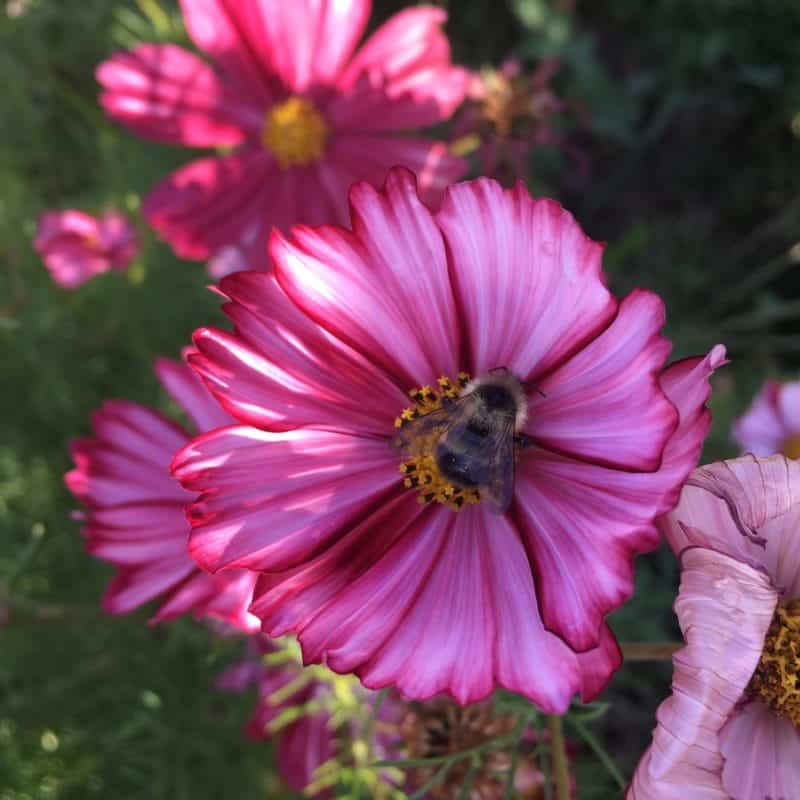
- Grow a border of flowers on the edges of your garden beds as it’s on the walking path and gets seen the most. Nasturtiums are perfect for this. I love adding cosmos flowers on the edges too.
- Lots of beneficial medicinal herb garden flowers so you can mix purpose and function while adding something pretty.
- Many veggies or fruits flower before they grow into the fruit like: beans (heirloom ‘crimson’ fava beans pictured above), squash flowers or tomatoes.
Edible Landscaping Varieties
-
Certain vegetable or fruit varieties are more stunning and visually appealing than others. When browsing through seed catalogues you’ll find the options are endless!
- Purple veggies can make stunning harvests.
-
Grow the same plant but contrasting colors like a red and a green cabbage or red and green kale. Lettuce comes in all sorts of shapes and colors and is an easy one to use for edible landscaping. I’ve grown a rainbow shaped salad bed and it’s beautiful & eye appealing to mix varieties for contrast.
-
Heirlooms are often more pretty, colorful or funky compared to its conventional hybrid counterparts. They are more easily damaged during global food transport so you rarely see them at the store. Home gardeners can get the benefit of growing these beauties.
-
Grow something unusual that you haven’t tried before!
I encourage you to try some edible landscaping principles to your garden to make it even prettier this year! What is your favorite way to add beauty to your garden?


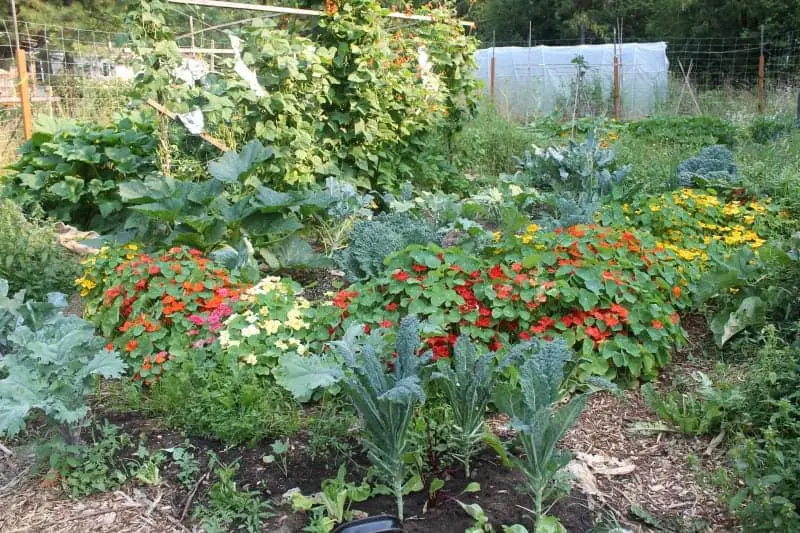
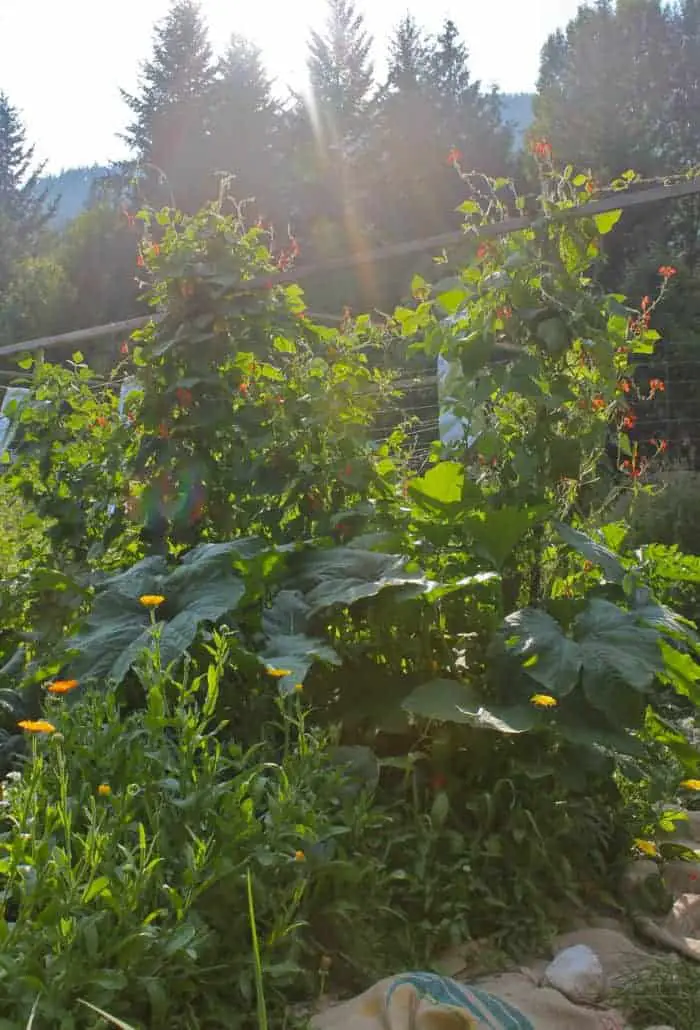
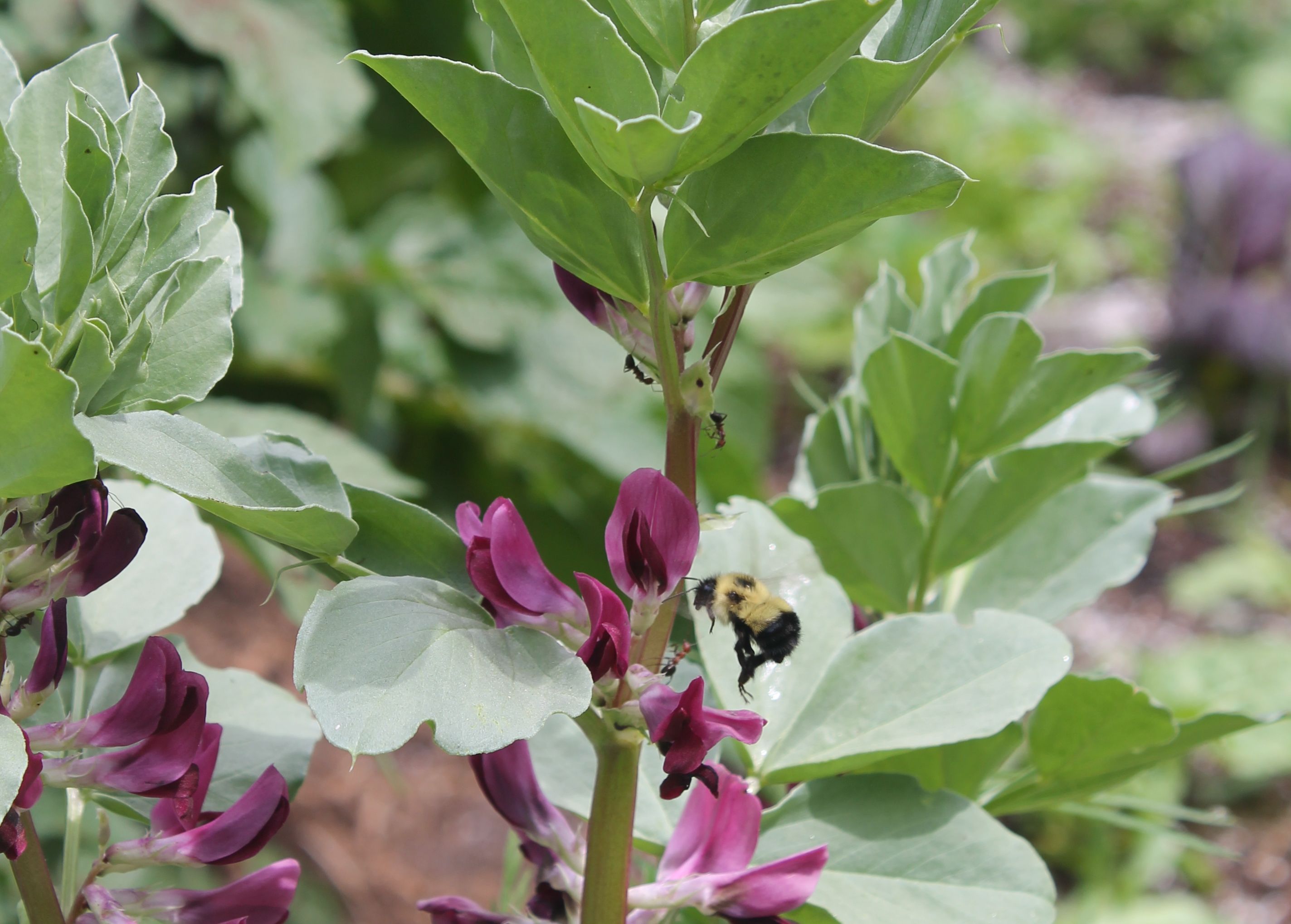

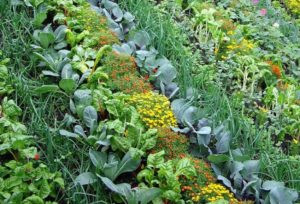
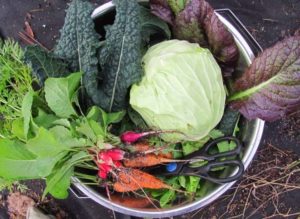
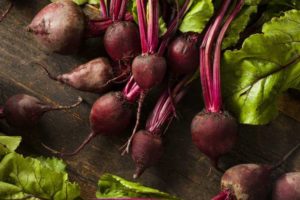
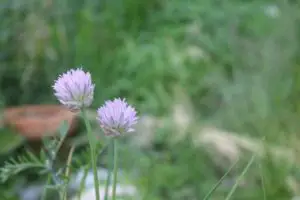
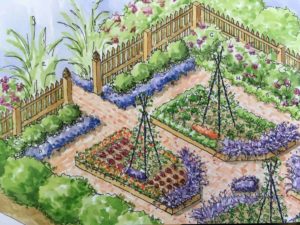
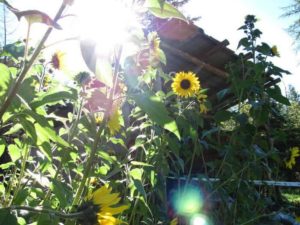

The nasturtiums are gorgeous! I love interplanting flowers as well. I have zinnias, marigolds, alyssum, sunflowers, dahlias, cannas, and bachelor’s buttons in mine. There’s an old cement cattle feeding bunk that we filled with dirt that’s full of flowers as well. Gotta keep the bees fed!
I can visualize how pretty that is 🙂
I wish that big black bar at the top of the screen was not there. I really wanted to read this story but I can’t get past it. I feel like I have to duck and look under a ledge or something ! Sorry to be negative but just my opinion.
Thank you for your feedback. It was temporarily larger as I added the menu to the top but it should be smaller now; it was bothering me as well. Were you on your phone or desktop? I’m still looking into other website designs so thank you for mentioning your frustrations 🙂